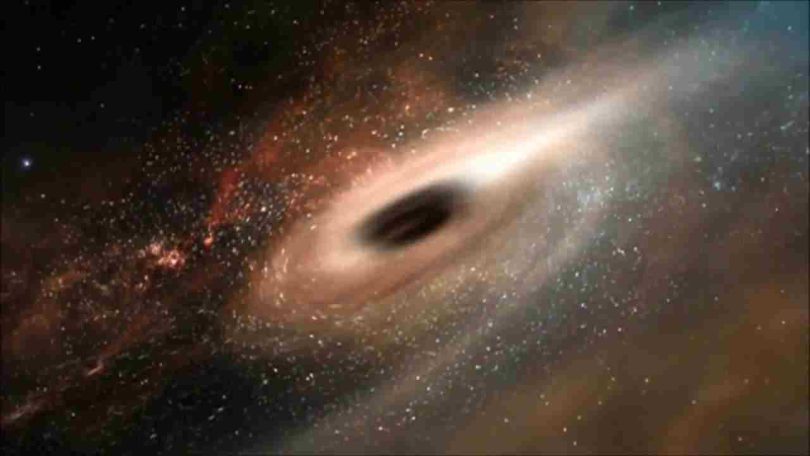Strongest Evidence Yet for Intermediate-Mass Black Holes Found by Hubble Telescope
The NASA/ESA Hubble Space Telescope has provided compelling evidence for the existence of mid-sized black holes in the universe. This breakthrough discovery confirms the presence of an intermediate-mass black hole (IMBH) residing within a dense star cluster.
Intermediate-mass black holes have long been regarded as the “missing link” in the evolution of black holes. While a few other IMBH candidates have been identified, they are smaller than supermassive black holes found at the cores of large galaxies and larger than stellar-mass black holes formed from the collapse of massive stars. The newly discovered black hole has a mass over 50,000 times that of our Sun.
Identifying IMBHs is a challenging task. Dacheng Lin, the principal investigator of the study from the University of New Hampshire, emphasized the importance of carefully considering and ruling out alternative explanations for each candidate. The team utilized the Hubble telescope to investigate leads from NASA’s Chandra X-ray Observatory and the European Space Agency’s X-ray Multi-Mirror Mission (XMM-Newton).
By conducting further X-ray observations, the researchers gained insights into the total energy output, helping them understand the type of star that was disrupted by the black hole. In 2006, these high-energy satellites detected a powerful flare of X-rays, but its origin remained unclear, whether inside or outside our galaxy. Scientists initially attributed it to a star being torn apart after coming too close to a gravitationally powerful compact object, such as a black hole.
Interestingly, the X-ray source, named 3XMM J215022.4−055108, was not located at the center of a galaxy where massive black holes typically reside. This raised hopes that an IMBH could be responsible, but first, another potential source had to be ruled out: a neutron star in our own Milky Way galaxy. Hubble’s precise imaging confirmed that the X-rays originated from a dense star cluster on the outskirts of another galaxy, precisely where astronomers expected to find evidence for an IMBH. Previous Hubble research has established a correlation between the mass of a galaxy and the mass of its black hole, suggesting that the star cluster hosting 3XMM J215022.4−055108 may be the stripped-down core of a lower-mass dwarf galaxy disrupted by its interactions with a larger galaxy.
IMBHs have proven elusive because they are smaller and less active than supermassive black holes. They lack a readily available source of fuel and do not have a strong gravitational pull to constantly draw in stars and cosmic material, resulting in a conspicuous X-ray glow. Astronomers must catch an IMBH in the rare act of consuming a star. Lin and his team meticulously examined the XMM-Newton data archive, sifting through hundreds of thousands of sources to find strong evidence for this one IMBH candidate. The X-ray emissions from the torn-apart star enabled the estimation of the black hole’s mass.
Confirming the existence of an IMBH opens the door to the possibility of countless undetected ones lurking in the darkness, awaiting discovery when a star ventures too close. Lin plans to continue his diligent research, employing the successful methods established by his team.
Studying the origin and evolution of intermediate-mass black holes is crucial in understanding the formation of the supermassive black holes found at the centers of massive galaxies, noted Natalie Webb, a member of the team from the Université de Toulouse in France.
Black holes provide extreme environments for testing the laws of physics and our understanding of the universe. Do supermassive black holes grow from IMBHs? How do IMBHs form? Do dense star clusters serve as their preferred abodes? While one mystery has been confidently


Leave a Comment